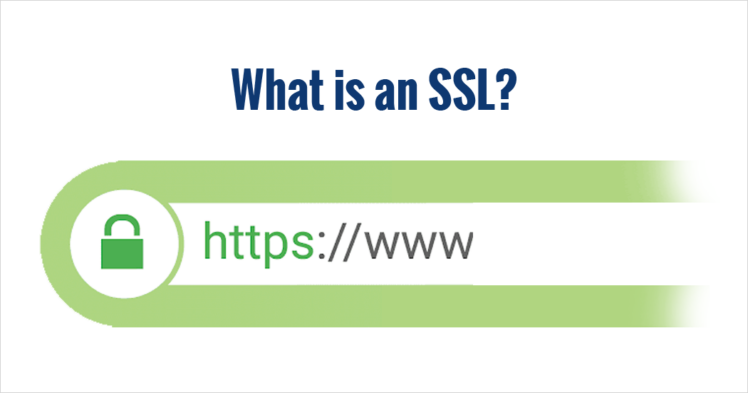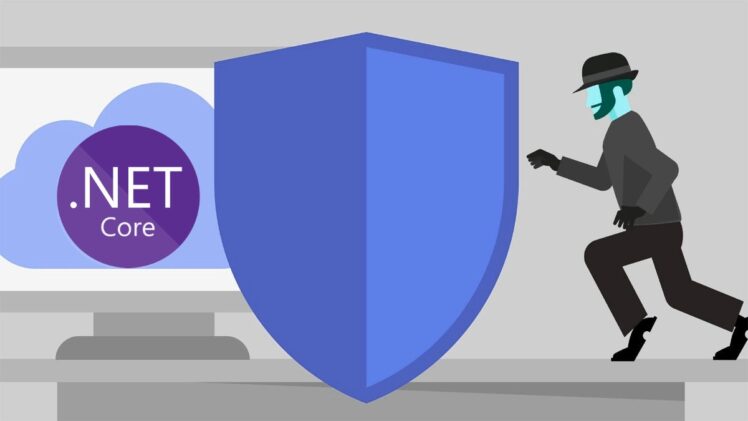Home › Tech › Programming
Practices to Secure ASP.NET Core Applications
Published on:
All web applications must be secured in the best way possible. The best practice is to give it attention from the onset of development. The goal is to protect data from unauthorized access and actions, which is common on the web. Most of the information is compromised during storage or transmission.
When using the ASP.NET e-commerce platform to manage a business, you will enjoy the ASP.NET core, which is a security configuration center designed by the developer. It is ultimately one of the most secure configurations through the use of authentication, attack protection, HTTPS enforcement, and data encryption management.
But even with this, there is still a need to secure ASP.NET core applications through various practices and monitoring to ensure that there is no malicious activity. Anyone who is using the ASP.NET e-commerce platform can do this. So, let’s dive into the guide and discuss important insights to note.

Contents
Using the SSL and HTTPS
The SSL (secure socket layer) and HTTPS (hypertext transfer protocol secure) are some of the best security protocols on the web. They perfectly secure ASP.NET core applications by encrypting the data transferred between users and the servers. Even when there is hacking, it becomes hard to decode the messages.
This is a simple initiative that service providers can ensure to keep users’ data secure. As a merchant, check for these features when using these platforms both on mobile phones and computers.
Prevent XSS Attacks
XSS (cross-site scripting) is the use of a malicious script to steal information on a website. It is common because it works when injected successfully. Hackers commonly use URL query strings, HTTP headers, and form inputs. In an ASP.NET e-commerce platform, XSS can steal authentication information such as login credentials.
Can these be prevented? Yes, a developer can secure ASP.NET core applications and keep any XSS attempt through HTML and URL encoding, regular expression object model, and regular expression attributes, among others. Unfortunately, there is nothing much users of an ASP.NET can do rather than rely on security protocols provided by the developer.

Prevent SQL Injection
SQL injection provides a substantial threat to the ASP.NET core applications. Hackers use malicious SQL codes on a database containing merchants’ and customers’ information to steal information just like in the XSS case.
Again, there is good news because a developer can keep these hackers at bay. There are several solutions such as storing encrypted data, using an entity framework, validating inputs, and most importantly, creating procedures and parameterized queries for the users. It sounds like a lot of security measures, but they are useful in maintaining secure ASP.NET core applications throughout.
Keep CSRF at Bay
CSRF (cross-site request forgery) is another common attack on ASP.NET core applications where' the attacker sends data to a platform by pretending to be a trusted party. If the wrong information is processed, many bad things can happen on a platform including loss of essential data.
Just like in other challenges, this too can be kept at bay. The best way is to use an anti-forgery token from a reliable provider. You can have it as a default feature or encourage the users in an e-commerce platform to buy it as a plugin.

Use Third-Party Authentication Features
An e-commerce platform that takes security seriously usually partners with third-party security providers to secure data stored and transmitted on their platform by the users.
Many other platforms have integrated with various security providers to secure ASP.NET core applications and it is worth checking before using the platform in your business, especially B2Bs.
Create a Custom Error Handling Page
To further secure ASP.NET core applications, it is prudent to create a custom page for handling errors. So, what are the errors in question here? The error might come when some codes are not written properly and lead to the exposure of important information procedures, data structures, table names, and structures to users.
Fortunately, there are a few things that developers can do to create a custom error handling page. In this regard, the use of ConfigureServices and ExceptionFilterAttribute strings will help capture and report these errors. This way, the ASP.NET core applications can be corrected by the developers in subsequent updates.

Updating the Library and Framework
Although developers always update their platform and make security patches, the users have the mandate of ensuring that the updates apply to secure the platform. Sometimes, a manual update of the library and framework might be required. This is mostly in the case where' there are a lot of integrations that do not update automatically.
It is prudent for users to understand that a hacker can infiltrate at any time using unknown procedures and stay prepared. Using an up-to-date platform is one of the easiest ways to secure ASP.NET core applications.
Clear Cookies Regularly
Cookies and cache keep information on the browser that can be stolen and misused by malicious people. If users use a public computer, it is important to clear the cookies and cache after logging out.
In a business setup, the merchant can set a policy for the workers to follow, especially when working remotely using computers that the company has no control over. Again, this is an easy way to maintain security in a system and the users should take it seriously.

Hiding the ASP.NET Version
Lastly, let’s discuss how to hide the ASP.NET version as a way to Secure ASP.NET Core Applications. The developer hides this from users to avoid access to such information by malicious hackers. In case they know, some may target the version with powerful and specific attacks.
Developers have several ways of hiding the version such as the use of a server header or using other technology. The user can report this to the developer in case the version is conspicuous because an attack will affect a business negatively.
Final Words
There are many ways to secure ASP.NET core applications. Most of them are done by the developer while a few are done by the user. Both parties should play their parts well to maintain a secure platform.
Share With Your Friends